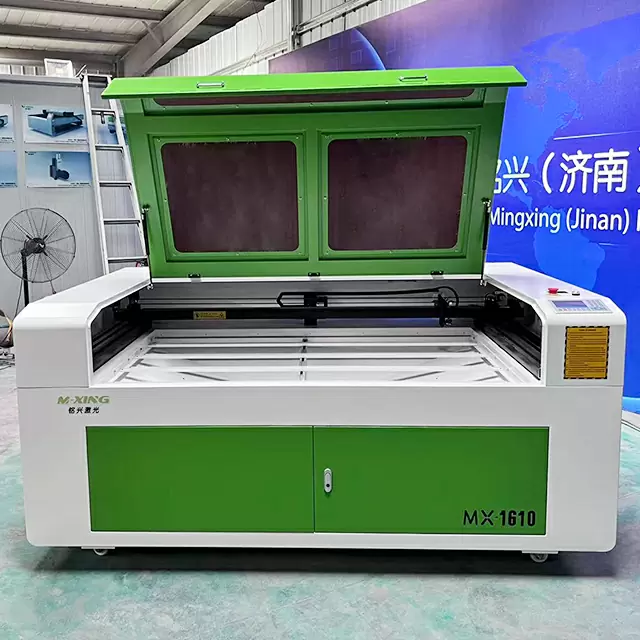The speed of the engraving process with a CO2 laser engraving machine can vary depending on several factors, including the material being engraved, the desired depth or intensity of the engraving, the complexity of the design, and the power and speed settings of the laser.
Generally, CO2 laser engraving machines are known for their high-speed capabilities, allowing for fast and efficient engraving of various materials. However, the actual engraving speed can range from relatively slow to very fast, depending on the specific requirements of the application.
For example, engraving simple text or line drawings onto materials like wood or acrylic may be accomplished at high speeds, with rates ranging from several hundred to several thousand millimeters per second (mm/s). This rapid engraving speed is possible because the laser only needs to remove a thin layer of material to create the desired design.
On the other hand, engraving more complex designs or images, especially on harder materials like metal, may require slower speeds to achieve the desired level of detail and depth. In such cases, engraving speeds may range from tens to hundreds of millimeters per second, depending on the intricacy of the design and the material properties.
It’s worth noting that while faster engraving speeds can increase productivity, they may also impact the quality of the engraving. Higher speeds can sometimes result in less precise or shallower engravings, particularly when working with intricate designs or hard materials. Therefore, it’s essential to strike a balance between speed and quality based on the specific requirements of each engraving job.
Additionally, modern CO2 laser engraving machines often feature adjustable speed settings, allowing operators to optimize engraving speed based on the material, design complexity, and desired outcome. By adjusting these settings, operators can achieve the desired balance between speed and quality for each engraving project.

